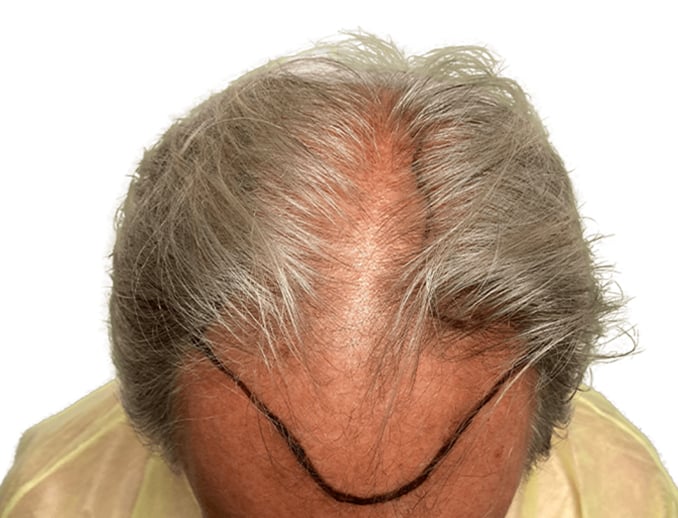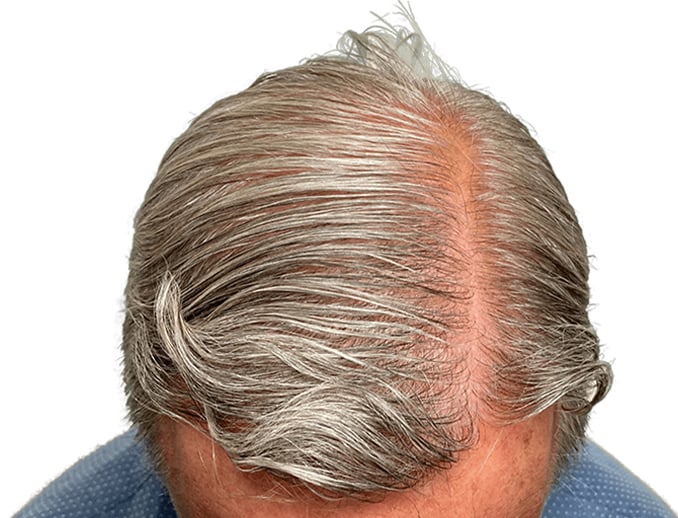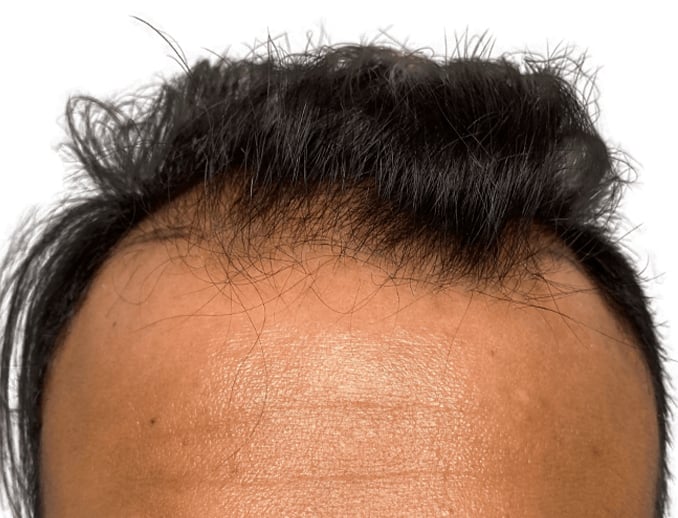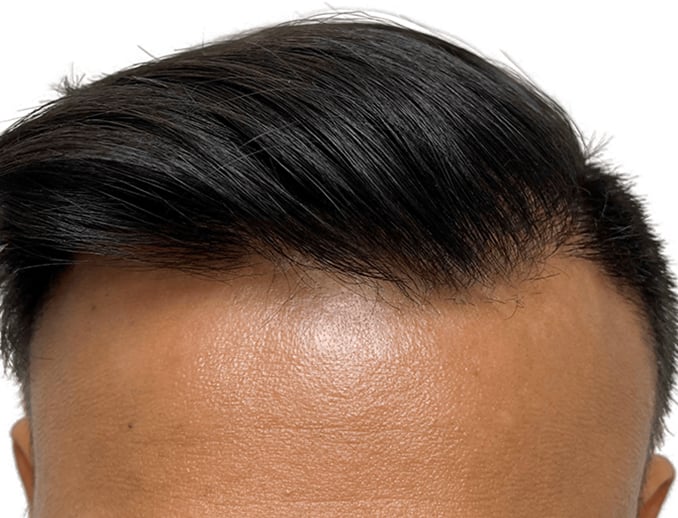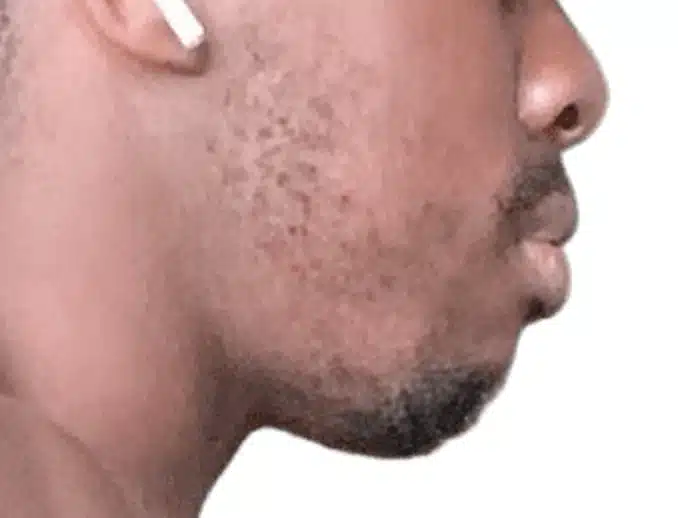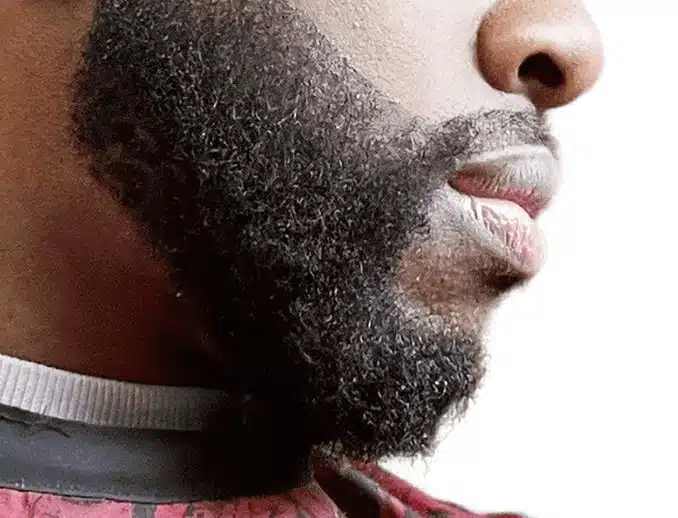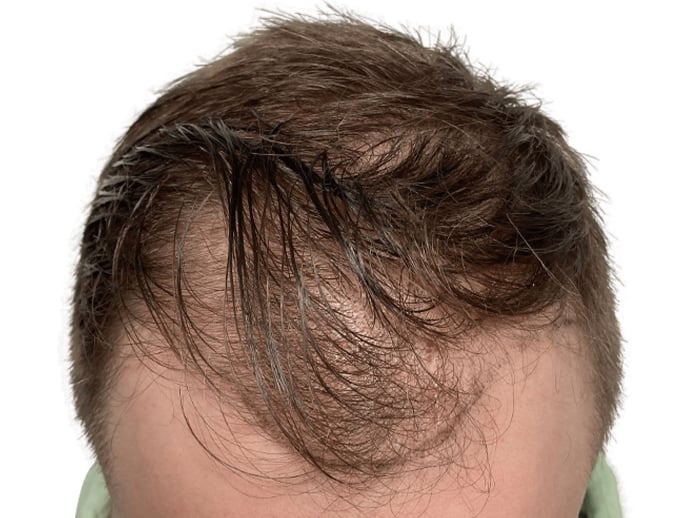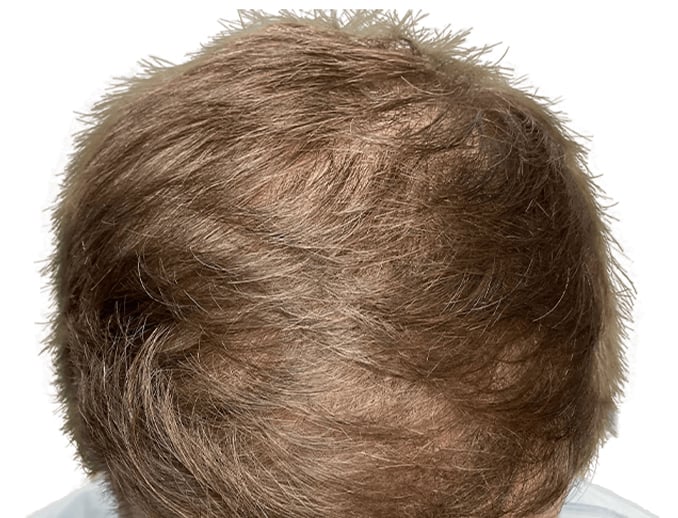What to Expect During a Hair Transplant in Taylorsville
The hair transplant process typically involves:
1. Initial Consultation
The first step is meeting with a hair restoration surgeon for an in-depth consultation. Our doctor will evaluate your level of hair loss, recommend an effective treatment plan, and provide a cost estimate. You'll discuss your goals and expectations as well as medical history, medications, and lifestyle, and the hair transplant process in detail so you know what to anticipate.
2. Pre-Procedure Tests
Prior to surgery, you will undergo medical tests to ensure you are a suitable candidate. Standard tests include blood work, urinalysis, and possibly EKG or chest x-rays. Your medical history is reviewed to rule out any potential complications. You may be asked to stop certain medications or supplements a few weeks before surgery.
3. Donor Area Preparation
On the day of your hair transplant, the donor area at the back and sides of your scalp will be trimmed or shaved in preparation for graft harvesting. This area is numbed with local anesthesia to maximize comfort. Our surgeon precisely designs the donor area for natural-looking results.
4. Anesthesia
Local anesthesia is administered to numb both the donor area and recipient site. Intravenous sedation or general anesthesia may be used for a completely pain-free experience. This is determined during your consultation.
5. Harvesting Grafts
We will skillfully extract intact follicular units from your donor area. For FUT, a strip of skin is removed. With FUE, grafts are individually punched out. Care is taken to protect surrounding hair and minimize scarring. The harvest technique depends on your preferences and hair characteristics.
6.Graft Preparation
In the on-site laboratory,our trained technicians delicately dissect follicular units into individual 1-4 hair grafts. They are meticulously counted and sorted by type for optimal placement. Grafts are maintained in chilled holding solutions to preserve viability.
7. Recipient Site Creation
Using advanced tools, we will create tiny incisions based on your natural hair direction and angulation. Incisions are made according to the number of grafts and planned hairline shape.
8. Graft Implantation
Our doctor precisely implants each graft into the recipient incisions. Density, distribution, and angles are customized for a natural look. Forceps and needles place the grafts at proper depths and orientations.
9. Closing
For FUT, the excised strip is sutured closed using trichophytic closure to minimize scarring. With FUE, the small extraction sites are left to heal naturally. Protective dressings are applied.
10. Recovery
Initial recovery involves some swelling, numbness, and mild discomfort as the grafted areas heal over the first 2 weeks. Prescriptions help manage pain and prevent infection. Rest is recommended to support the healing process.
The transplanted hairs shed around 2-3 months post-op. This is normal and allows growth of new permanent hair. Full results become visible between 6-12 months as hair regrows fully.
We will schedule periodic check-ups to monitor your progress and refine results with additional grafting if needed. You can review postoperative care instructions and what to avoid during recovery. Proper aftercare and avoiding trauma to transplants are vital for optimal regrowth.

